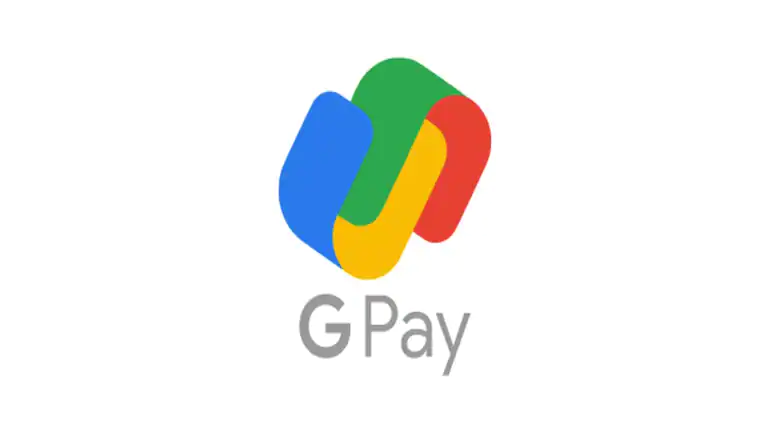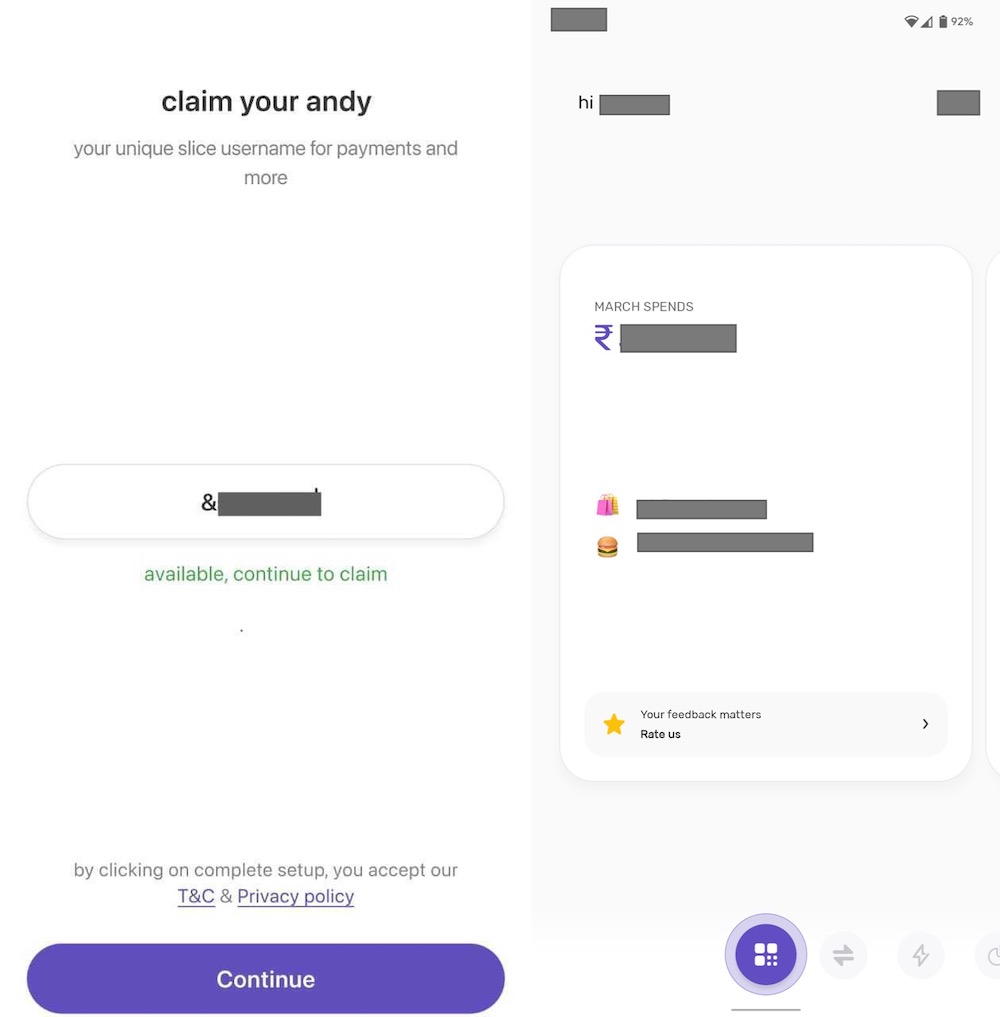It’s been an unprecedented couple of years for businesses, with many industry sectors having been hit hard financially by ever-evolving restrictions. As firms set about trying to recoup some of the losses incurred during the various lockdowns, embedded payments offer an opportunity to open up new revenue streams, while improving the customer experience and streamlining processes.
Businesses around the world are increasingly looking to embed financial services into their customer propositions. This trend to embedded finance allows companies to take control of the end-to-end customer journey and partner with financial institutions (FIs). In turn, embedded finance creates an alternative distribution channel for FIs to deliver products through fintech and enterprise channels (Banking-as-a-Service). Partnerships between FIs and businesses, and the growth of embedded finance generally, is being strongly accelerated by the digital transformation of financial services through APIs, leading to open finance. While integration of financial services into corporate systems used to be a complex undertaking requiring a bespoke implementation project, APIs have made such integrations much easier.
The case for embedded payments
Within the embedded finance opportunity, payment applications represent the lion’s share of the expected value. The embedded payments case is forecasted to generate more than 60% of the total value attributable to embedded finance, growing from US$16 billion in revenue in 2020 to US$141 billion by 2025 – a compound annual growth rate (CAGR) of 54%.[1]
Payment use cases are the prime example of embedded finance applications, enabling businesses to integrate payments into their offering and control the customer experience from start to finish. Take Uber and Lyft, which embed payments into their apps, enabling a frictionless customer checkout experience, or Amazon, which offers monthly instalment plans (buy now, pay later) to increase conversion, as notable examples.
Digital transformation has created a new paradigm for how consumers and businesses expect to interact with their financial institutions. Customers have become used to accessing their information in real time, 24/7, through any device or channel. Many banks, large and small, struggle to offer the experience that customers expect, presenting an opportunity for new entrants to occupy the digital banking space. Fintech firms have been successful in delivering superior digital customer experiences and are able to acquire large customer bases and attract attention from investors around the world. In 2020, the global investment in fintech firms was US$33.9 billion.[2] Fintech ecosystems are developing as fintech companies seek partnerships and build platforms to scale more quickly and accelerate time to market.
Managing global embedded payments
Embedded payments allow enterprises to control the end-user experience under a single brand, making the actual payment provider ‘invisible’ to the customer. It also enables the company to streamline its internal processes for B2B disbursements and collections. However, building the capability in-house requires significant work, technical expertise, and a firm grasp of all the costs that can arise. This complexity multiplies for multinational companies that need to manage payment processes across borders. These firms face many challenges in managing cross-border payments, having to deal with local regulations, different currencies, different payment methods, and different service levels (for example, uncertainty when it comes to when funds will arrive and at what cost). There is pressure on the payments ecosystem to find ways to simplify and remove the friction in the cross-border space.
Businesses that need to make payments across geographical lines are becoming aware of the benefits of faster, more transparent payment capabilities. With continued globalisation, businesses have a greater choice of who to do business with, who suppliers are, and how services are provided and by whom. Faster payment methods, with account-to-account settlement, provide a significantly higher rate of satisfaction, strengthening business relationships.
For payment providers, this means that the expectation to enable frictionless payments, even in the cross-border space, is increasingly important. Businesses are not so concerned about what payment method is utilised or the infrastructure in place to make that happen, but they do expect fast, predictable, secure, and efficient payment settlement. Account-to-account technology solutions allow FIs to better meet these businesses’ needs.
These are unprecedented times as companies plan for post-pandemic recovery amongst so much other uncertainty. But certain truths remain. The push to online has created market opportunity at a more global level than ever before. The advancement of remote workforce tools during the pandemic has transformed the employee base internationally, too. As companies scale and look to embrace the opportunities afforded by embedded finance in the post-COVID era, they need a modern, unified, compliant, and cost-effective payments network that can seamlessly send and receive money across different countries.
[1] Source: Lightyear Capital
[2] Source: Aite-Novarica Group






